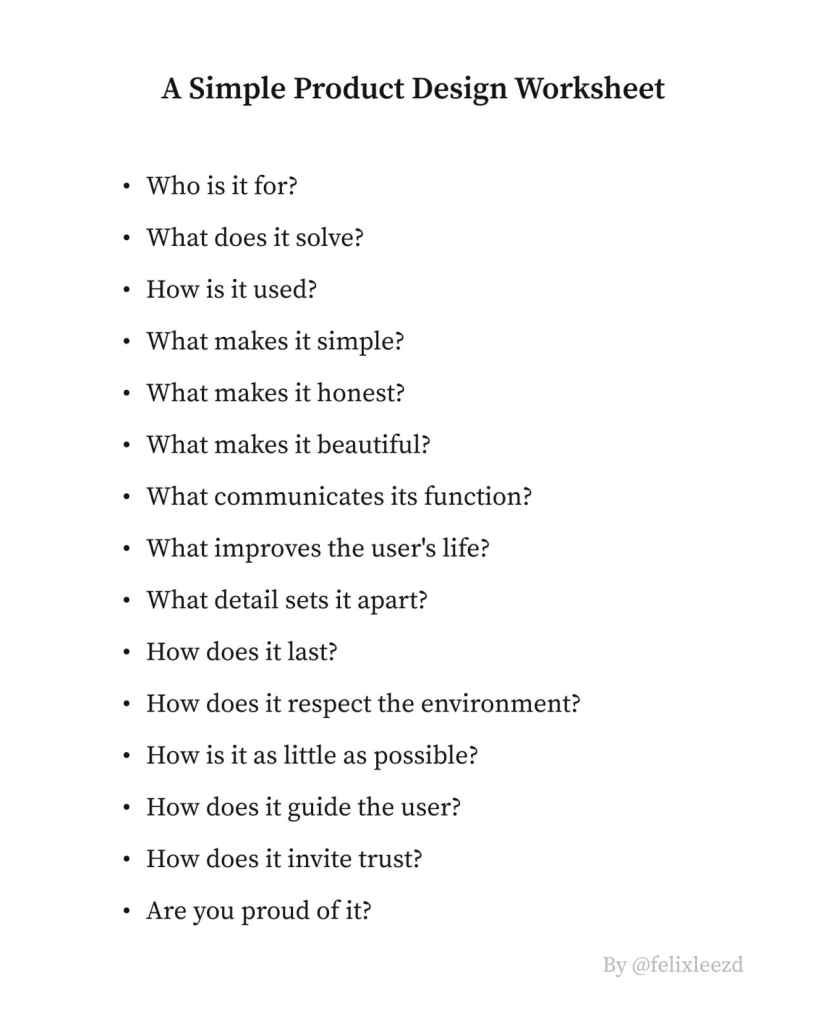Since 2016 I worked as a freelancer for many realities. This fact gave me certain insight on the typical mistakes leaders, product managers, and producers, do when they decide on the strategy to follow.
1️⃣ Starting with the Metrics
“Data” is just an unformed, meaningless glob until you apply a creative hypothesis to it. You need to start with the “why” and the “what if,” not the number on the spreadsheet or the curve you saw on Sensor Tower. Stop treating data as a god; treat it as a confusing cloud of information. Your goal is to get your references at the start, not make decisions on them. Decisions have to be made on what makes you (you, intended as a team) special.
2️⃣ Seeking Consensus
Good strategy is always contrarian. If everyone in the room agrees that your next game should be “Fortnite, but with dragons,” be terrified. Consensus, by definition, is average. Have you read the Age of Average? This is how it starts. If everybody is doing something in the market, that something is not disruptive anymore. Follow others is not a good strategy, it can be a tactic for a while. But your goal as a leader is to create the right strategy to disrupt.
3️⃣ Providing a Goal, Not a Strategy
Many “strategies” are actually goals dressed up in fancy slides. “We need to hit X million MAU.” Okay, but how? That’s a target, not a strategy. KPIs are indicators used to understand many things; among them, you can also understand if you reached a specific goal of course. But the goal has to be something like “invent a new genre”, or “make the most downloaded free puzzle game on Steam”. Something achievable, of course, but ambitious.
4️⃣ Running a Strategy Workshop
You can’t expect creative strategy on a timetable, or to arise from a formula. Strategy emerges messily over time. In the shower, in the gaps between the work (remember my “eureka” moment?). It doesn’t come from a neat stack of Post-Its. I have been in plenty ultra long workshops where in the end nothing happened.
5️⃣ Putting Strategy in the Calendar
Strategy isn’t a “task” that you “schedule,” like an art review. It occurs in the unprompted, serendipitous moments that surprise you. It’s always on, somehow. It emerges from nuances, suddenly. Do the work, think as a strategist and it will come. And if not, you already have a strategy: shut down the project and stop losing money.
6️⃣ Looking for Proof
All strategy is a punt. A gamble. You can get some validation from soft-launch metrics, sure. But you’ll never be certain. The only proof you’ll find is by trying it. Stop looking for certainty; the real world is a chaos engine. These podcasts that only speak bad about the others? These “pundits” are not really in the game, they are judging from the outside many times. Again, do your work, step by step, every single day.
7️⃣ Making it Many Things, Not One Thing
Strategy is not a “list of stuff” (e.g., “We will integrate blockchain, launch F2P, and focus on narrative”). Strategy is one thing: the core fantasy, the single unique hook. Then organize and define the list of stuff you’re going to do. If you can’t point to that one thing, it doesn’t exist. Players want something important, not stuff to play.
8️⃣ Mistaking Boring for Intelligent
Man, with all those charts, all that jargon, and all that complexity, this strategy MUST be good! Ha, no. This isn’t a research paper for a thesis committee. It needs to be exciting—it needs to motivate the team, or it will never make a great game. Boring is fatal. And the team is probably composed by people really passionate about games.
9️⃣ Asking the Customer
Yes, of course, you must speak to the Player. But this doesn’t mean you should ask them what you should build and then build it. If it was that easy, every studio would be printing money. Their job is to tell you what they hate and what they love of what you are doing; your job is to build what they didn’t know they needed. It’s hard, very hard, but that’s the only way I know.
🔟 Hiding Your Opinions
You are not objective. Your strategy isn’t objective. And it shouldn’t be! Strategy is about making a choice. A subjective, opinionated bet. Those who embrace the fact that it’s all opinions and commit to them are the ones who master it.

